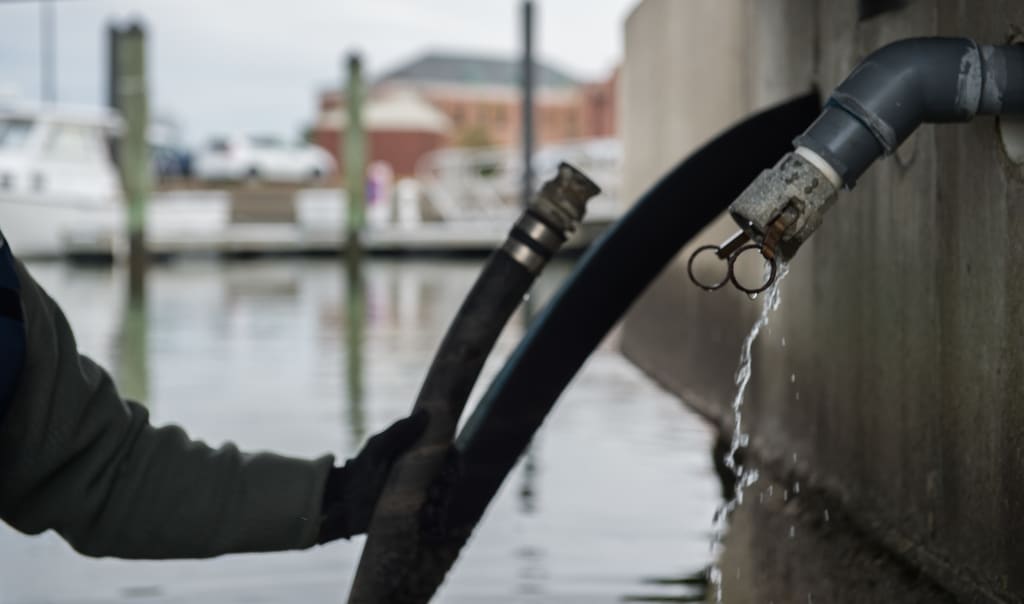4 Tips to Prevent Pipe Bursting
Don't deal with expensive and annoying fixes.

A broken pipe is more than a simple nuisance. If you have ever had to fix one, you know that it is no ordinary task — you’ll need to get the water turned off and then hire a professional to cut into or dig down to wherever the malignant pipe resides. As expensive as a repair may be, it is nothing to the cost of your water bill after leaving a gush of water to flow freely. In fact, State Farm estimates that even a 1/8 inch crack in one of your pipes can leave you shedding 250 gallons of water per day. A loss of this magnitude will wreak havoc on your water bill, but also may lead to serious flooding, mold growth or damage to the support walls or base of your home itself. Pipe health — whether cracks or pipe bursting — is a serious issue in your home and must be approached with caution. However, if you take the time as the thermometer begins to recede in the fall months and early winter you can get ahead of the problem before it even starts.
Insulation
While a pipe-borne flood in your home can cost you thousands of dollars to repair, insulation will run you as little as 50 cents per foot. Insulating your pipes with foam tubing is best, think of it like wrapping a blanket around you on a cold night. If you can’t find thick insulation or you aren’t able to fit it around the pipe in tricky areas of your home, a thick insulating tape can do the job in a pinch and at a low cost as well.
Open your doors (but not all of them).
Opening the doors to bedrooms and bathrooms is a great way to evenly distribute the heat in your home. It may sound like a silly superstition, but it really works. The pipes in your walls or ceiling are exposed to both inner and outer temperatures. Some must endure more of the cold depending on how close they lie to the exterior of your home. By creating an even heat distribution inside your home, you are also allowing the heat to penetrate into the walls and crawl spaces where the pipes reside. This means that your water supply benefits from an additional layer of heating to combat the intrusion of potentially freezing temperatures from outside.
While opening the interior doors makes for good heating inside, the same cannot be said for the exterior points of entry. It may seem obvious to keep your garage and front door closed for comfort while you are home, but keeping these outward-facing entryways closed also helps keep your pipes heated evenly, as well.
Keep the faucet running.
This may also seem a little counterintuitive, but letting your faucet drip will also protect the integrity of your home’s piping. This is because when the tap is running, the static pressure within your water supply drops. There is an opening in the system, and water rushes toward it naturally. The reason this doesn’t just rack up the cost of your water bill, however, is because running water will not freeze as easily. Think of the difference between a lake and a river during the frigid winter months. By easing the pressure in your water system and allowing for movement within the pipes, you keep the water from idly forming patches of ice that will later lead to cracking or bursting.
Maintain a constant temperature.
By setting your thermostat for the winter and not changing it you help keep the interior temperature of your home even. The weather will change outside every day, and your pipes bear the brunt of these fluctuations. By maintaining interior harmony, your pipes will not be strained on both sides of the wall. This is true even if you are leaving for a weekend or longer. Leaving your thermostat on to keep a baseline heat inside will work wonders on your home’s structural health.
Keeping your pipes free from damage is not easy, but it can be made much simpler with a little proactive thinking and a keen eye for trouble as the winter wears on.





Comments
There are no comments for this story
Be the first to respond and start the conversation.